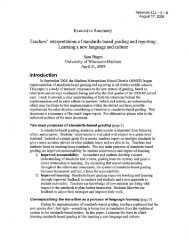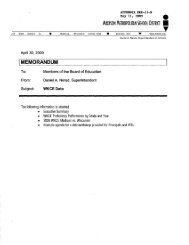MADISON METROPOliTAN SCHOOl DISTRICT - School Information ...
MADISON METROPOliTAN SCHOOl DISTRICT - School Information ...
MADISON METROPOliTAN SCHOOl DISTRICT - School Information ...
Create successful ePaper yourself
Turn your PDF publications into a flip-book with our unique Google optimized e-Paper software.
CLASSROOM ENVIRONMENT<br />
Classroom environment has been shown to affect student literacy achievement. As students interact<br />
with their environment, they make adaptations to meet new situations. According to Allington (1996),<br />
students who are expected to talk, read, and write daily, tend to outperform students in classrooms<br />
where these environmental features are less prevalent (as cited in Roskos & Neuman, 2002).<br />
The observer will see:<br />
1. Classrooms arranged to promote whole and small<br />
group problem-solving discussions<br />
2. Co-constructed charts featuring aspects of the<br />
curriculum currently under study are displayed on<br />
walls.<br />
3. An organized library including a variety of genres and<br />
reading levels representing a variety of cultures.<br />
4. The students responding in a variety of ways to their<br />
reading.<br />
5. The students and teachers engaging and participating<br />
in discussions about their reading.<br />
6. Reading responses through writing are displayed on<br />
walls and in hallways.<br />
7. Writing published pieces are displayed on walls and<br />
in hallways.<br />
Proficiency Leve Is<br />
Meeting Approaching Below<br />
READALOUDS<br />
Read aloud is an important component of effective literacy instruction that improves listening,<br />
comprehension, fluency, vocabulary skills, attitudes about reading, and student ability to visualize text.<br />
Read aloud facilitates comprehension and supports visualization of the thinking process. Exposure to<br />
more sophisticated vocabulary and syntax found in written text is a critical component in building<br />
comprehension skills (Rasinski, 2003). The teacher sets aside time to read orally to students on a daily<br />
basis. The selections should be above students' independent reading level and at their listening level.<br />
Teachers should increase the length and complexity of narrative and informational text over time.<br />
The observer will see:<br />
1. The teacher engaging students in conversation before<br />
reading to share and building background knowledge<br />
and make predictions.<br />
2. The teacher pausing to invite conversation with one<br />
or more kinds of thinking in mind (e.g. within,<br />
beyond, and about the texts.)<br />
3. The teacher incorporating "turn and talk" before,<br />
during, or after reading the text.<br />
Proficiency Levels<br />
Meeting Approaching Below<br />
28


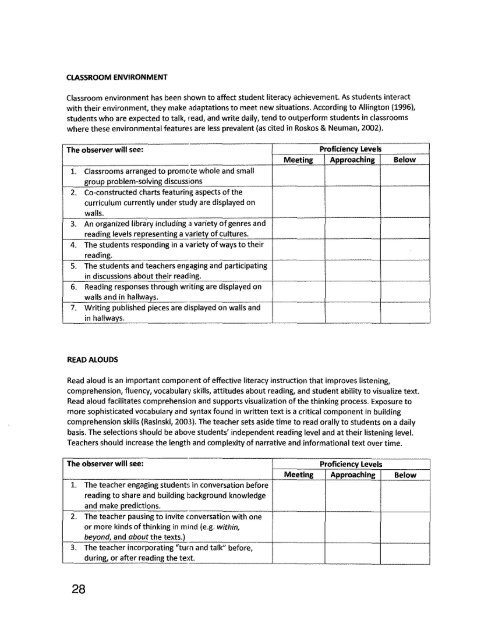
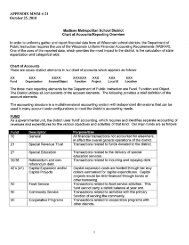
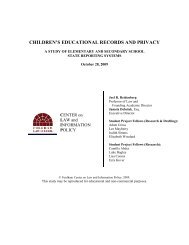

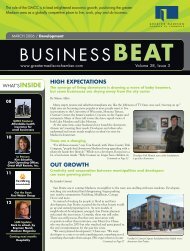
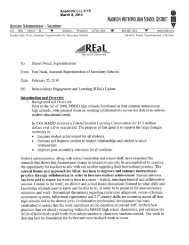
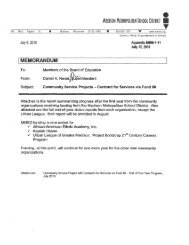
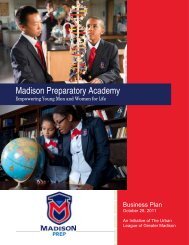
![by Shaina Wright [PDF] Ralph Waldo Emerson Prize 2006 - School ...](https://img.yumpu.com/26083584/1/174x260/by-shaina-wright-pdf-ralph-waldo-emerson-prize-2006-school-.jpg?quality=85)
